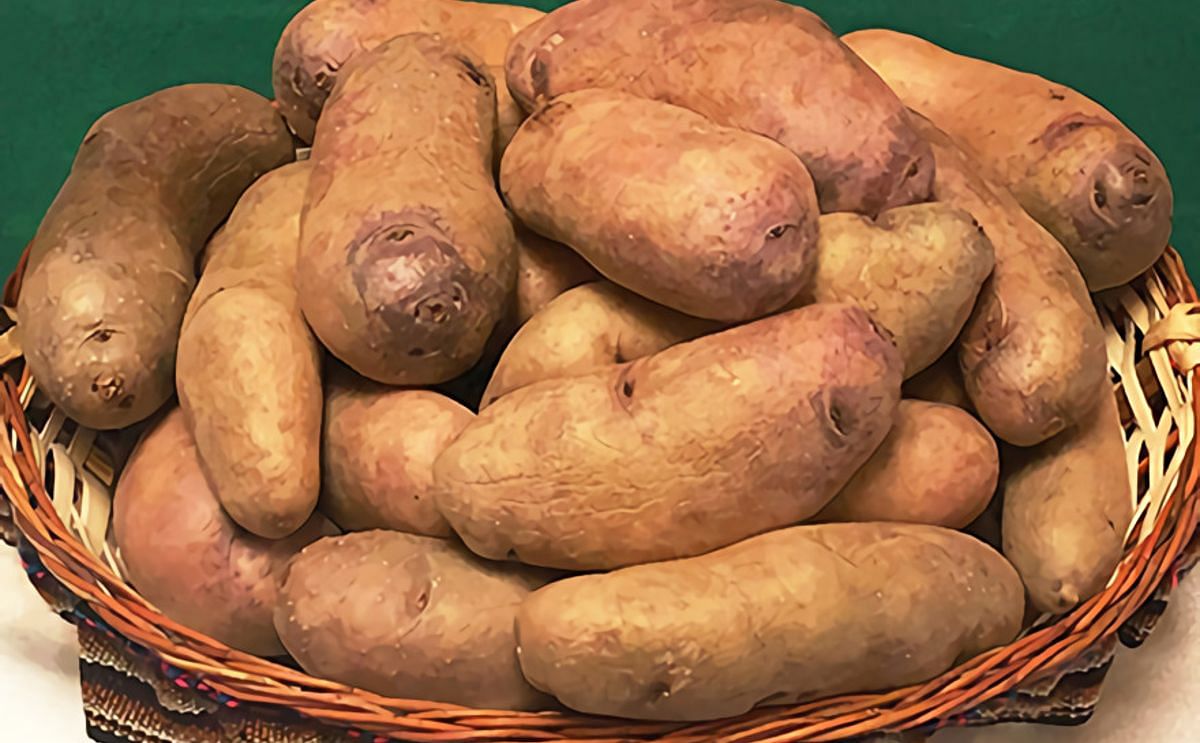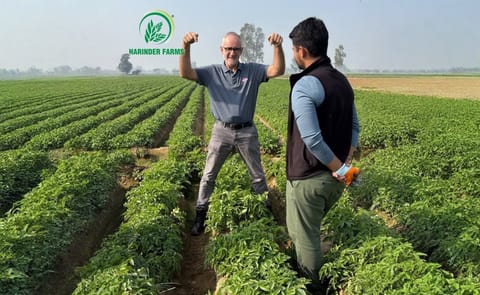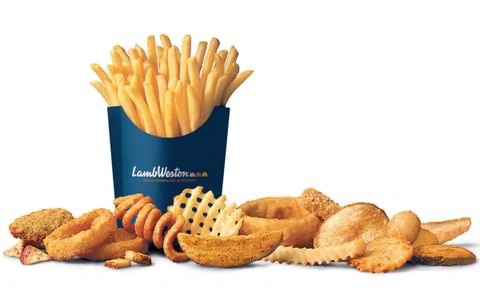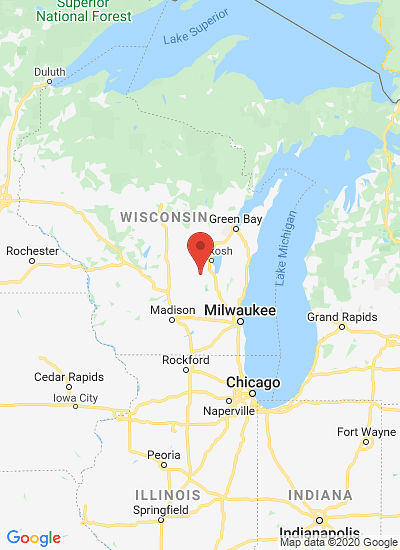Frost-resistant Winay potatoes were developed through international joint research with ARS and Peru. (Courtesy: Alfonso del Rio, D4704-1)
New Potato Variety Will Help Age-Old Crop Prosper Beyond the 21st Century

Spuds are survivors. Tubers have battled various scourges for about 10,000 years, as well as an unpredictable climate that can cause unseasonable frost damage to crops every year.
An international team of scientists created a new potato variety that resists frost, making the crop even more resilient. That’s a good thing because potatoes have evolved into the world’s third-most consumed food, behind only rice and wheat.
ARS researchers and their partners from Peru and the University of Wisconsin-Madison’s Department of Agriculture spent several years evaluating potato species from the U.S. Potato Genebank (USPG) for frost tolerance, ultimately selecting Solanum acaule and Solanum commersonii, both wild potatoes native to South America, because they showed the greatest ability to tolerate frost.
The team combined these two species and evaluated the hybrids, selecting some parents that both withstood snap frosts and developed tolerance for too much colder frosts.
According to John Bamberg, USPG project leader, and geneticist at the ARS Vegetable Crops Research Unit in Madison, WI, before final selection, the cultivars underwent rigorous testing to determine their tolerance to cold. The team used a combination of natural frost, a modified household freezer set to mimic natural frost overnight, and a precise lab test to measure exactly how much the cell membranes had been damaged.
John Bamberg:
The Peruvian research partners then tested Wiñay in their country. They grew the potato in multiple regions in multiple seasons and evaluated grower and consumer reactions. Wiñay showed good yields, frost hardiness, and farmer and consumer acceptance. Will there be an opportunity for the new spud to take root in the United States?
John Bamberg:
An international team of scientists created a new potato variety that resists frost, making the crop even more resilient. That’s a good thing because potatoes have evolved into the world’s third-most consumed food, behind only rice and wheat.
ARS researchers and their partners from Peru and the University of Wisconsin-Madison’s Department of Agriculture spent several years evaluating potato species from the U.S. Potato Genebank (USPG) for frost tolerance, ultimately selecting Solanum acaule and Solanum commersonii, both wild potatoes native to South America, because they showed the greatest ability to tolerate frost.
The team combined these two species and evaluated the hybrids, selecting some parents that both withstood snap frosts and developed tolerance for too much colder frosts.
According to John Bamberg, USPG project leader, and geneticist at the ARS Vegetable Crops Research Unit in Madison, WI, before final selection, the cultivars underwent rigorous testing to determine their tolerance to cold. The team used a combination of natural frost, a modified household freezer set to mimic natural frost overnight, and a precise lab test to measure exactly how much the cell membranes had been damaged.
John Bamberg:
"Like all potato breeding, it took years of testing and selecting among thousands of offspring to pick one worthy of being a new cultivar."They named that one cultivar "Wiñay."
The Peruvian research partners then tested Wiñay in their country. They grew the potato in multiple regions in multiple seasons and evaluated grower and consumer reactions. Wiñay showed good yields, frost hardiness, and farmer and consumer acceptance. Will there be an opportunity for the new spud to take root in the United States?
John Bamberg:
"Frost damage can happen in different places, and at different times, across the United States. In 2019, potato farmers in eastern Idaho alone lost about 30% of their crop to damage from unseasonable frost. Cold temperatures can damage the quality of the potato itself – not just kill the leaves – making the potatoes produce poor chips and fries or sprout poorly as seed for the next crop."ARS research partners were Jiwan Palta and Alfonso del Rio from the University of Wisconsin-Madison’s Department of Agriculture; William Roca, Alberto Salas, and Rene Gomez from Peru's International Potato Center; and Jesus Arcos from the Instituto Nacional de Innovacion Agraria in Puno.
"This research illustrates the benefits of long-term germplasm preservation, international cooperation, and sharing. The most obvious benefit was to Peru in the short term, but what was learned will have broad application. The work at the U.S. Potato Genebank is returning benefits not just to the United States, but also to the countries that are the native homes of these wild stocks."
Like to receive news like this by email? Join and Subscribe!
Get the latest potato industry news straight to your WhatsApp. Join the PotatoPro WhatsApp Community!
Highlighted Company
Sponsored Content
Sponsored Content
Sponsored Content
Sponsored Content












